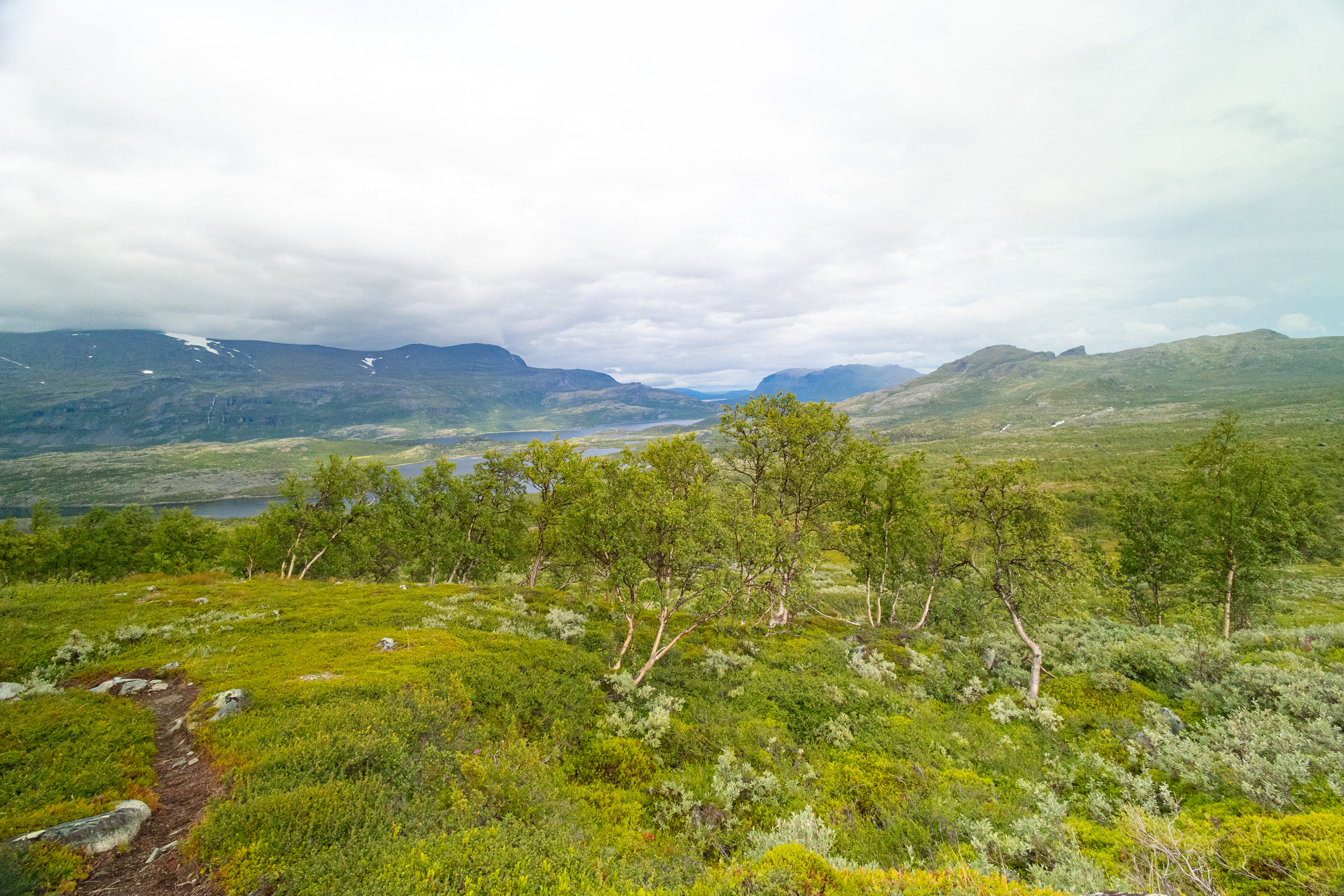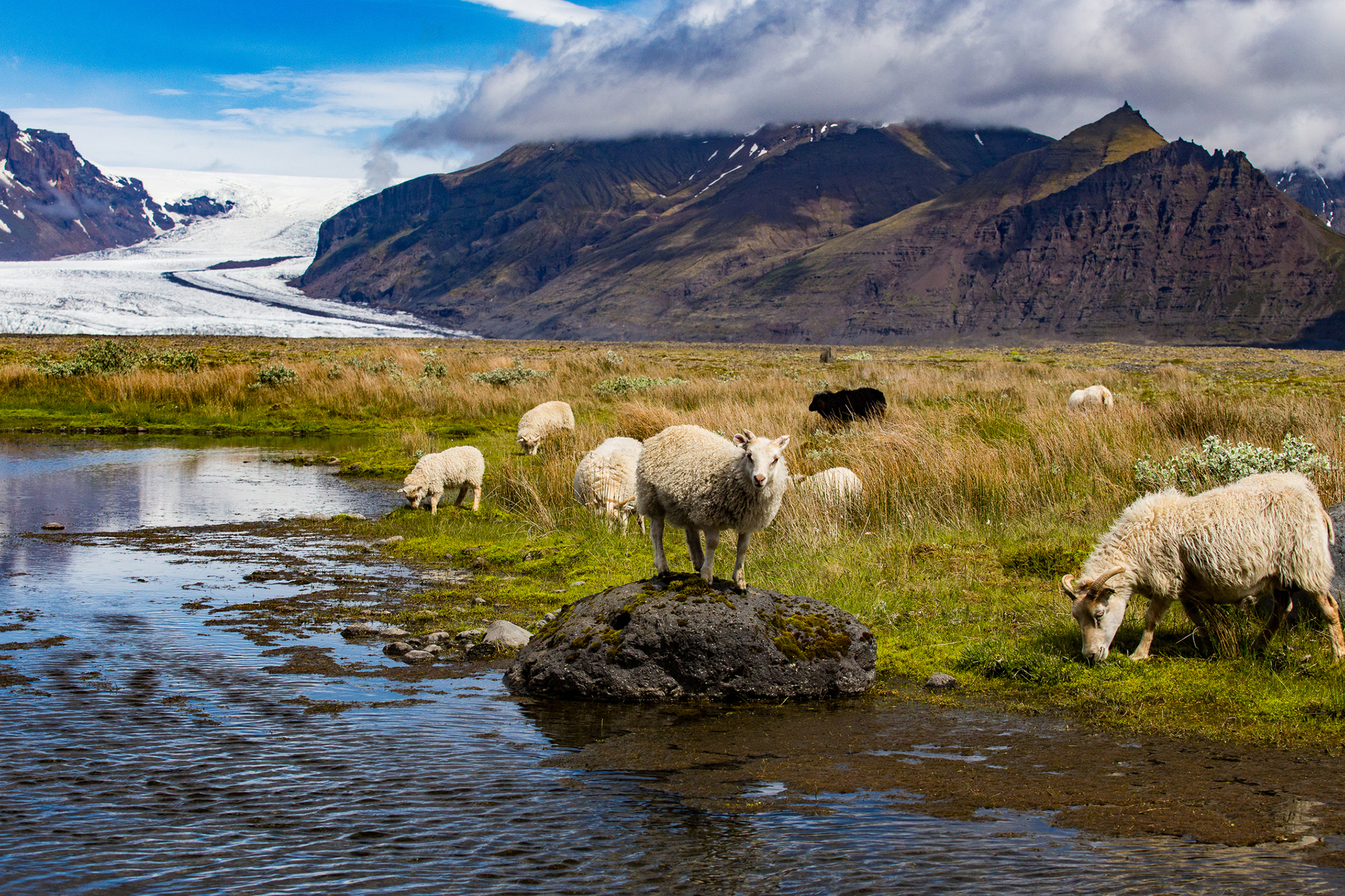These are examples of what a Nordic university network is researching.
The Nordic Borealization Network (NordBorN) has partners from six Nordic universities in Iceland, Norway, Sweden, Finland and Denmark, and three associated partners in Norway, Greenland and Scotland. The network has created a collaboration platform across the Nordic countries to understand the implications of borealization in Nordic terrestrial ecosystems.
At the forefront of the network is Isabel Barrio from the Agricultural University of Iceland.
What is borealisation?
“Borealisation is a process where species from the boreal forest are expanding into formerly treeless tundra areas. Typically, vegetation in colder Northern regions is much shorter than in the forests that naturally grow at lower latitudes, but ongoing climate changes are changing the boundary between the forest and treeless areas. This means that forests are encroaching into these Northern areas, completely changing the structure of these ecosystems and affecting how they work and how they will respond to future changes.
Borealisation is very relevant to the Nordic region because the Nordic countries lie exactly on top of this boundary between the forest and the tundra. Think of all the forest we have in Scandinavia, and the treeless areas that occur further north. Any changes occurring in this biome boundary will be felt in the Nordic countries. The Nordic countries are therefore a perfect geographical place to study these processes and could act as an early warning system for changes we will see in other places. Actually, this process of tree encroachment onto treeless areas is not unique to the Nordics; this is something we see across the circumpolar north and also in higher mountain areas worldwide, where trees are also moving further up. Therefore, the knowledge we gain from studying these changes in the Nordic region will be relevant elsewhere too.”
How are climate changes affecting the tundra and forest in the Nordic countries?
“Across the world, we are seeing rapid changes in climate and land use. In the Nordic Region this is particularly visible since this part of the world is being affected more strongly by climate change and is among the most populated so far north.
Land use and climate change, however, do not act alone. For example, with warmer temperatures the areas suitable for sheep grazing or crop planting could expand, and this, in turn, will also have consequences for the ecosystem. In turn, in many areas, extensive grazing practices are in decline, which can accelerate the process of tree encroachment. Understanding these interactions is critical to managing these ecosystems in a sustainable way under these rapidly changing scenarios.
These structural changes, also change habitat and food availability for many wildlife species, and for other less visible organisms, such as soil microbes or pathogens. A potential risk is the spread of alien species that with warmer temperatures and land use changes can become established and spread more quickly. Thus, with borealisation we could see a whole restructuring of the ecosystem, that will affect how able the ecosystem will be to respond to future changes.
Further, these changes can also influence the climate system. Trees can capture carbon, but tundra soils store much more carbon in comparison. As well, if we look at them from space, forests make darker surfaces than tundra vegetation, which is often covered in snow. This darker surface absorbs more energy and contributes to further warming.”

Why is this
important to research in?
“It is very important to
understand how nature is changing due to ongoing climate and land use changes, because
only then we can try to mitigate those changes, see how we can adapt to them
and try to prevent further changes. After all, maintaining well-functioning
ecosystems is key to our persistence on the planet.”
How are the consequences for nature and species affecting people living in the Nordic countries?
"Many in the Nordic region are already experiencing the consequences of climate change and will continue to do so in the years and decades to come. Among these are, for example, reindeer herders, because their land areas are shrinking as trees grow near areas where they didn't used to be. Sheep farming and crop production may see new opportunities as suitable areas expand, but we need to be careful and consider the environmental consequences that these practices will have on the fragile northern ecosystems. We are also losing landscapes and open spaces that are important culturally and aesthetically, and in many cases represent a source of revenue for example through the tourist industry. All the changes that are happening in the Nordics and the Arctic, which used to be the cold part of the planet, are important to each and every one of us."
Nordic University Co-operation
The project is part of the NordForsk initiative on Nordic University Co-operation aiming at strengthening international competitiveness and facilitate the development of excellent Nordic research environments.
The call was initiated to support research-based university cooperation across the Nordic region, to increase researcher mobility, enhance capacity and competence building and thereby the excellence and significance of Nordic research co-operation.









